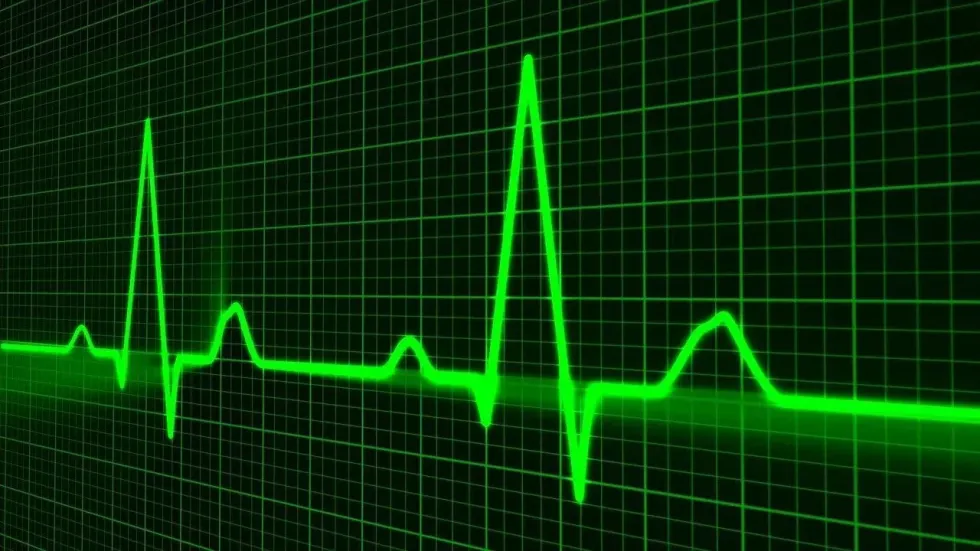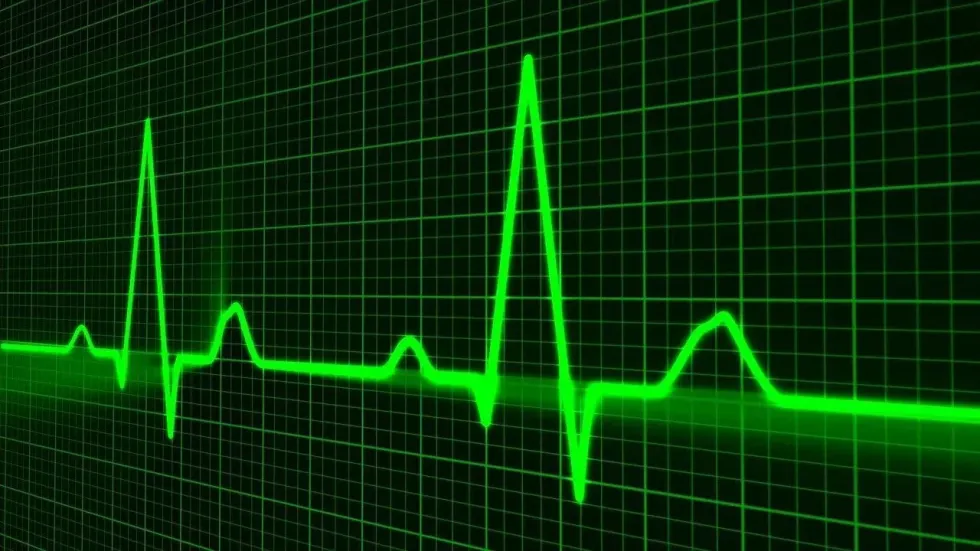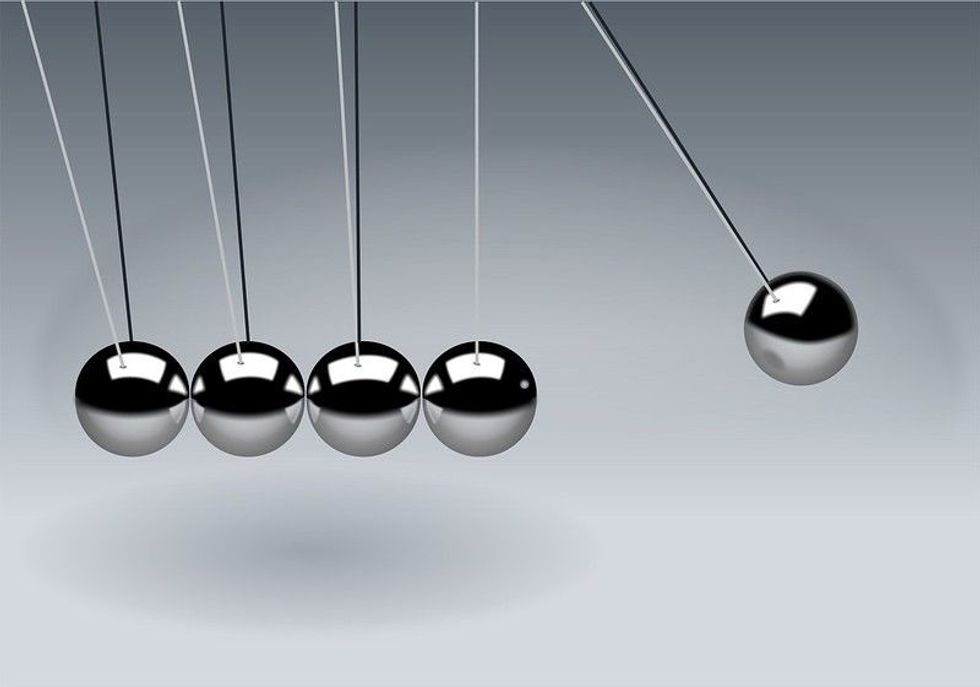The heart is the most important organ of our body.
The heart pumps the blood with the help of blood vessels and provides it to the organs. A beating heart is important to sustain life.
In the human body, the heart and brain are considered to be vital organs. But what if a human heart stops performing properly? Can it be replaced? Is a total artificial heart present in the world? Let us know the answers to these questions.
Invention Of The Artificial Heart
Heart failure is one of the most significant reasons for deaths around the world. Heart surgery has been around for a long time but the only way to cure last-stage cardiac arrest is with a heart transplant.
But as these cases kept rising, the donors kept decreasing. With this article, discover the reason for the invention of the life-saving technology, that is, an artificial heart.
The day to day increasing rate of cardiovascular disease requires special attention as it kills more people when compared to cancer.
The human heart is a muscular pump that helps maintain the oxygen and blood flow in your body.
Almost 2,000 gal (9,092 l) of blood is pumped by the heart in one day.
How does a normal heart work? Well, an average human heart beats at a rate of 60-100 beats in one minute.
Heart contracts in two stages to pump blood into the body.
First, the atria (both left and right) contract at the same time, which makes the pumped blood flow to the left ventricle and right ventricle.
Second, both the ventricles contract at the same time to push the blood outside the heart to the different organs.
Before this procedure repeats again, the heart muscle relaxes, thus allowing the blood to fill the heart for pumping.
Heart failure occurs when one of these muscles or the valves doesn't function properly and pumps less blood.
Artificial hearts are a device that replaces the heart to allow proper blood flow and to balance the ratio of time to heart transplant.
The first artificial heart was invented by Vladimir Demikhov, a Soviet scientist, in the year 1937.
This artificial heart was implanted in a dog for the first time.
The first human heart transplant of a total artificial heart took place in 1982.
The total artificial heart was named Jarvik-7 and was made by Willem Johan Kolff, Robert Jarvik, and William De Vries.
The most famous total artificial heart in today's world is the SynCardia temporary Total Artificial Heart (TAH).
The total artificial heart is based on the same model of Jarvik-7.
13 designs of artificial hearts have been made till now, but only one has been approved, that is the SynCardia Total Artificial Heart.
The SynCardia Total Artificial Heart has been used for 35 years now and has been implanted 1800 times.
The SynCardia total artificial heart accounts for 96% of all human heart transplants dating from 1969 to 2014.
This live-saving technology provided by SynCardia comes in two sizes, 70cc, and 50cc.
In 2008, a French company Carmat invented a fully functional artificial heart that was covered with biosynthetic material which helped prevent blood clots and reduce immune rejection.
Working Of The Artificial Heart
How can a device perform exactly what our heart does? Does it really function with the same intensity as that of a normal human heart? Keep reading to know exactly how does an artificial heart work and its abilities.
A heart transplant was the only option to treat patients with heart failure and other cardiovascular diseases for a long time.
Artificial hearts came out to be the life-saving technology in that phase.
Artificial hearts fit inside the chest cavity of a patient without causing much trouble or complications.
When talking about artificial hearts, there are two main types of them, heart-lung machines and mechanical hearts.
The heart-lung machine helps maintain the oxygenation and blood circulation of a patient during surgery of the heart.
It directs the blood out from the veins into an artificial lung through tubes and then returns it back to the body.
Dr. John H. Gibbon Jr, an American surgeon, orchestrated the first successful heart-lung machine in 1953.
The mechanical heart consists of devices like total artificial hearts and VADs (ventricular assist devices).
These devices are able to perform or assist the pumping action of the heart.
VADs consist of an artificial ventricle that supports either the left ventricle or the right ventricles.
The first successful installation of the artificial ventricles was done in 1966 by Michael E. DeBakey.
Another successful invention was the AbioCor Implantable Replacement Heart.
The first successful AbioCor implantation was done on July 2, 2002, in a Jewish hospital in Louisville, Kentucky.
It is the first completely self-contained total artificial heart and it pumps 2.2 gal (10 l) of blood per minute.
As per the working of a normal heart, the atria and ventricles are used to pump blood flow.
The AbioCor artificial heart replaces the ventricles. The atria are kept intact and in a proper functioning manner.
After the ventricles are replaced, only one ventricle is used at a time to pump blood out.
The AbioCor was established by Abiomed and this device contains various components.
A hydraulic pump is present which helps transport fluid from one side to the other in AbioCor. The Hydraulic pump has gear inside it that revolves at a speed of 10,000 revolutions per minute.
The AbioCor also has a porting valve that opens and closes to allow the movement of the hydraulic fluid.
A wireless energy transfer system is also there in it which is a system of two coils that conveys the power through magnetic force.
The internal battery is present as well that allows the patient to do activities for 30-40 minutes while being detached from the external device.
The external battery is located on a velcro belt that is worn by the patient.
The controller is also there that is placed on the abdominal wall of the patient, it helps to monitor and control the pumping.
SynCardia's total artificial heart has two ventricles and four valves.
SynCardia total artificial heart works just like a heart transplant.
SynCardia total artificial heart replaces the left ventricle and right ventricle, in short, it replaces the lower chamber.
It is readily available whenever required, has no issues of biocompatibility.
The driver present in the Total Artificial Heart helps produce beats of air and vacuum which mediates the blood pumping.
SynCardia's total artificial heart is made of segmented polyurethane solution.
SynCardia helps deliver much more freedom and better service as a total artificial heart when compared to the other artificial hearts.
Blood flow is monitored regularly giving the statistics of its reliability.
Heart Transplant Procedure

Heart transplants have become a very needed operation in our society. But what is this surgery about? How does it happen? Discover all the necessary information about it in this section.
Heart transplant is a surgery that is done on a patient who is suffering from heart failure.
The patient with heart failure is subjected to this operation in which the diseased heart is replaced by a healthy heart donated by a donor.
Heart failure can be caused to many reasons, such as cardiomyopathy, which means the muscles of the heart have become weak.
Women are subjected to failure of heart much later in life when compared to men.
Failure of heart is a very common disease in the world. Almost 870,000 people are subjected to it each year.
Two types of heart failure are HF-rEF (failure with reduced left ventricular function) and HF-pEF (failure with preserved left ventricular function).
Coronary artery disease is also the leading cause of heart failure.
In 2012, 3,400 patients were waiting for a heart donor in European Countries.
Artificial hearts usually work as temporary care for people before they get a heart transplant.
A pig's heart was placed in a human body for the first time, this was done by Dr. Dhaniram Baruah in Assam, India.
The first human-to-human transfer of heart was done by Dr. Christiaan Barnard on December 3, 1967, in South Africa.
More than 30,000 heart transplants have been done in the USA and around 50,000 have been performed worldwide.
Side-Effects Of Heart Transplants
Is heart transplantation safe? Does this procedure has side effects in the long run? Keep reading to know the answers.
Open-heart surgery is considered to be one of the toughest surgeries.
Risks pertaining to heart transplantation consist of bleeding, blood clots, and contamination.
Apart from these, there are other factors that seem to be a risk to a heart transplant, such as donor heart getting rejected, graft failure, problematic arteries, side effects of medication, cancer.
Rejection of the donor's heart is considered to be a big risk, in this, the patient's immune system may perceive the donor heart as a foreign object and might reject it.
This rejection can be prevented and cured using immunosuppressants and other medications.
Also, biopsies are performed frequently to observe if the body is rejecting the donor's heart.
Primary graft failure is also one of the significant causes of side effects.
The donor's heart does not function properly during primary graft failure.
The possibility of the thickening and hardening of the arteries present in the donor's heart is a big risk. This often leads to cardiac allograft vasculopathy.
This makes the circulation of blood in the patient's body difficult and may lead to sudden failure of the heart.
Immunosuppressants may cause critical damage to the kidney.
Immunosuppressants also lower the ability to fight contamination, which in the future might stand out to be a big risk.









